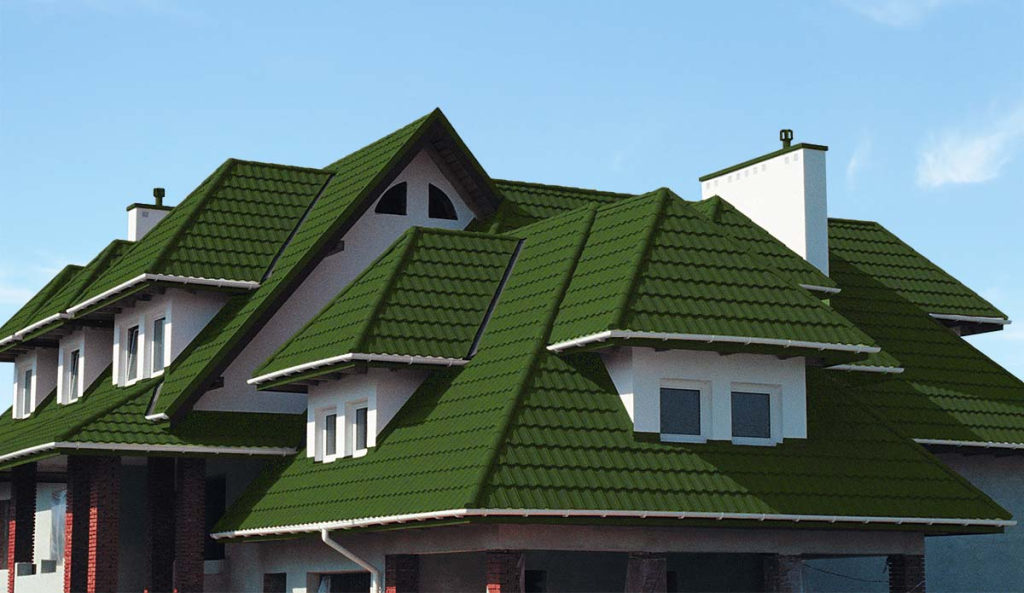Steel nails are ubiquitous and serve a variety of essential purposes in daily life. Here are some of their common applications:

1. Construction and Carpentry
- Framing Nails:
- Typically large, these nails (e.g., 16d nails) are used in framing wooden structures such as walls and roofs. They provide strong connections for load-bearing structures.
- Finish Nails:
- Smaller and with a narrower head, these nails are used for attaching trim, baseboards, and molding where a more discreet finish is required.
- Subfloor Nails:
- Used to secure subflooring to the joists, preventing squeaky floors.
2. Furniture Making
- Common Nails:
- Used for general construction of wooden furniture pieces.
- Brad Nails:
- Thin nails used in finer woodworking, such as attaching small trims or for detailed finish work.
- Upholstery Nails (Tacks):
- Decorative nails used in furniture upholstery, providing both function and aesthetic appeal.
3. Home Repairs and DIY Projects
- Picture Hanging Nails:
- Small, often with a hook, these nails are designed to support lightweight frames and wall decorations.
- General Purpose Nails:
- Useful for minor repairs around the house, such as reattaching loose boards, fixing door frames, or repairing broken furniture.
4. Masonry
- Concrete Nails:
- Made from hardened steel, these nails can penetrate concrete, brick, and cinder block. They are often used for attaching wooden frames or fixtures to masonry surfaces.
5. Outdoor Structures
- Galvanized Nails:
- Coated to resist rust, these nails are ideal for outdoor projects like fencing, decking, and garden structures.
- Decking Nails:
- Specifically designed to hold decking boards securely, preventing them from warping or coming loose.
6. Packaging
- Crate Nails:
- Used in the construction of wooden shipping crates, these nails ensure the crates are sturdy enough to protect their contents during transport.
7. Crafts and Art Projects
- String Art Nails:
- Small nails are arranged in a pattern on a board, and string is wound around them to create intricate designs and artworks.
- Model Making Nails:
- Tiny nails are used to construct detailed wooden models, such as miniature houses or ships.
8. Automotive
- Trim Nails:
- Used in the repair and assembly of vehicle interiors, ensuring trim pieces and upholstery are securely attached.
- Upholstery Tacks:
- Similar to those used in furniture, these nails help fix upholstery materials in vehicles.
Types of Steel Nails and Their Characteristics

- Common Nails:
- General-purpose nails with a thick shank and flat head.
- Box Nails:
- Thinner than common nails, used for lighter construction to prevent wood splitting.
- Finish Nails:
- Small, with a small head that can be countersunk to give a clean finish.
- Brad Nails:
- Very thin, used for light trim work and detailed carpentry.
- Ring Shank Nails:
- Have rings along the shank that provide extra holding power, commonly used in flooring and decking.
- Spiral Shank Nails:
- Twisted shank provides excellent holding power in hardwoods.
Specialty Nails
- Cut Nails:
- Square nails that provide a historical appearance, often used in restoration projects.
- Duplex Nails:
- Have a double head, allowing for easy removal, commonly used in temporary structures like scaffolding.
Environmental Considerations
- Recyclable:
- Steel nails are fully recyclable, making them an eco-friendly choice.
- Corrosion Resistance:
- Galvanized and stainless steel nails are resistant to rust and corrosion, extending their usability in outdoor and humid environments.
Steel nails are essential tools in various aspects of daily life, providing reliability and versatility across numerous applications.


